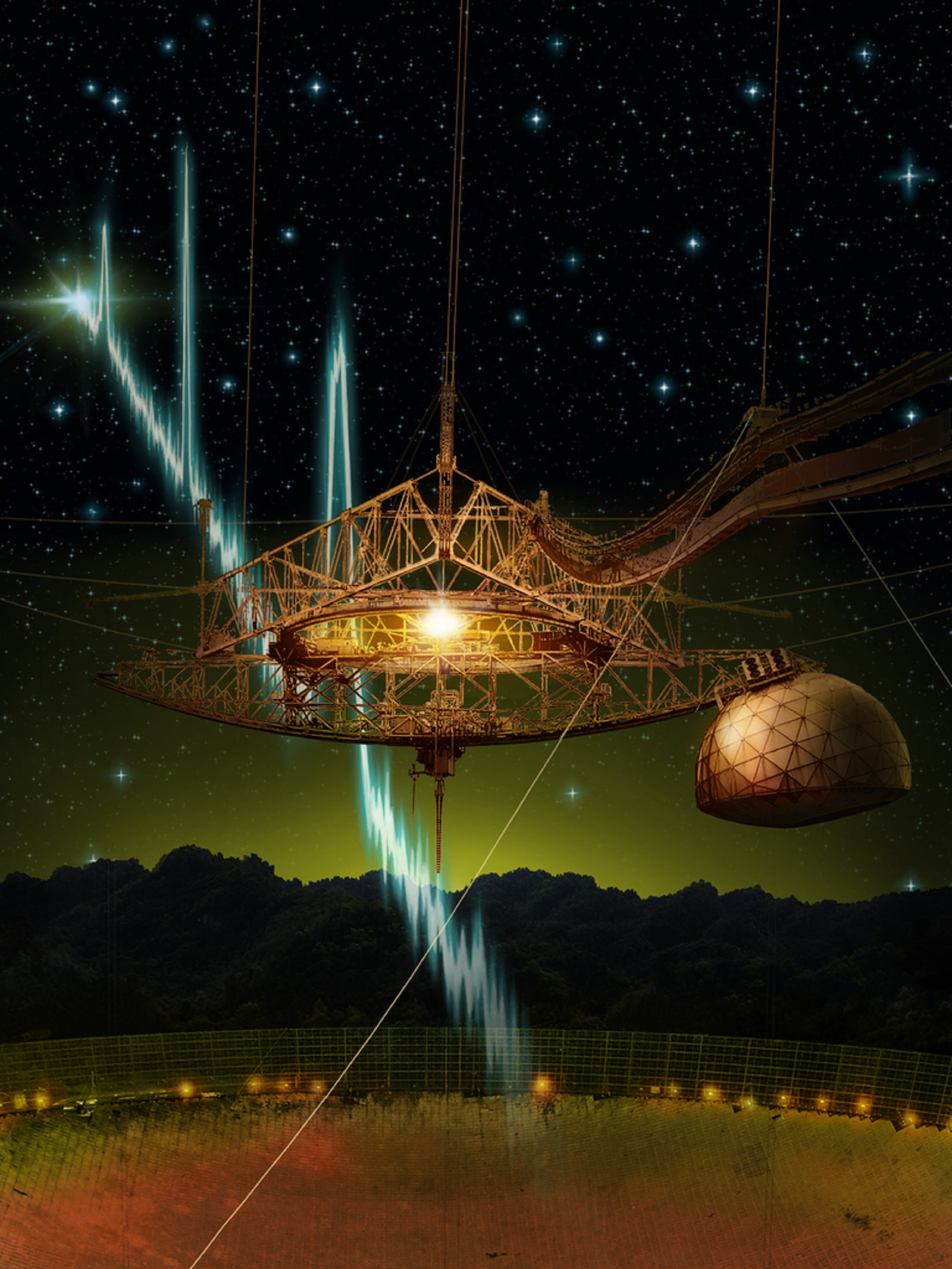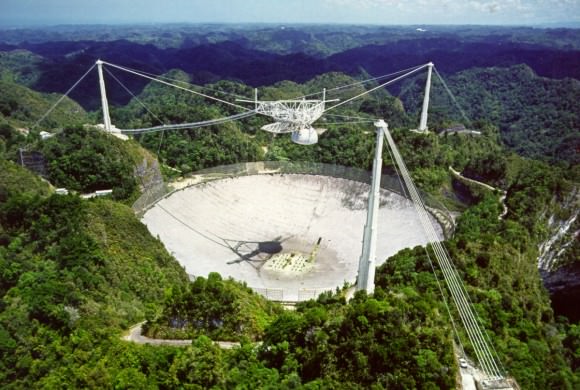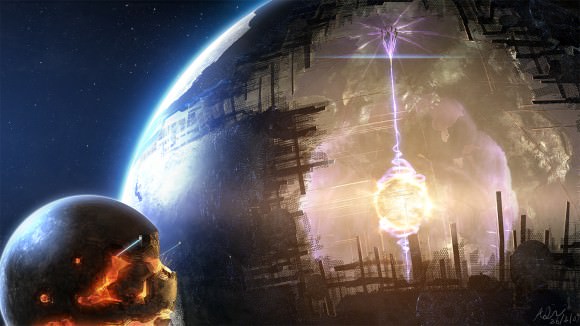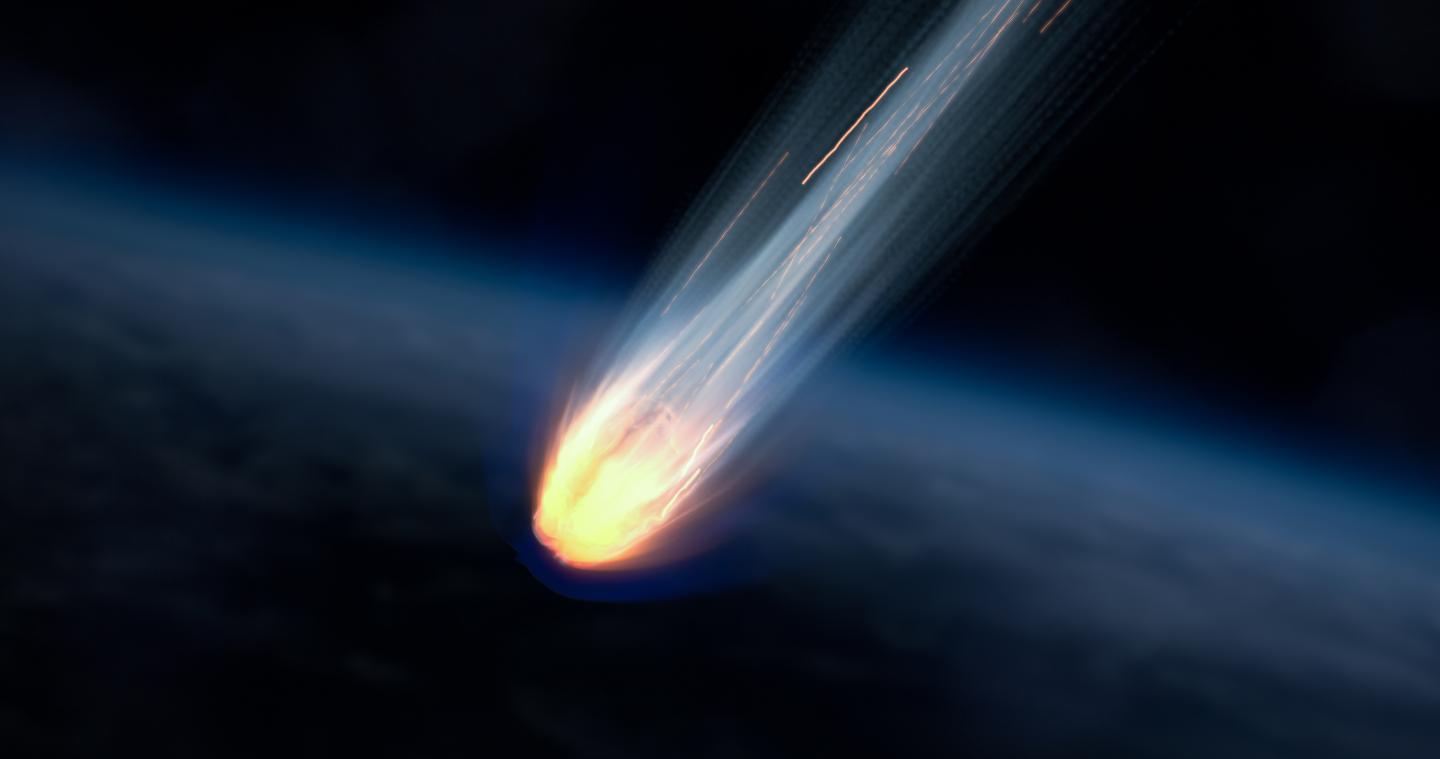A 2023 expedition to the Pacific Ocean, searching for debris from a suspected extraterrestrial object, may have been looking in the wrong place. A new look at the infrasound data used to locate the point of impact suggests that they may have been confused by the rumblings of a truck driving past.
Continue reading “The Sound of an Interstellar Meteor Might Have Just Been a Rumbling Truck”NASA’s Technosignatures Report is Out. Every Way to Find Evidence of an Intelligent Civilization

In 1961, famed astronomer Frank Drake created a formula for estimating the number of extra-terrestrial intelligences (ETIs) that could exist within our galaxy. Known as the “Drake Equation“, this formula demonstrated that even by the most conservative estimates, our galaxy was likely to host at least a few advanced civilizations at any given time. About a decade later, NASA officially kicked of its search for extra-terrestrial intelligence (SETI) program.
These efforts have experienced a major infusion of interest in recent decades thanks to the discovery of thousands of extrasolar planets. To address the possibility that life may exist out there, scientists are also relying on sophisticated tools to search for telltale indicators of biological processes (aka. biosignatures) and technological activity (technosignatures), which could indicate not only life but advanced intelligence.
Fast Radio Bursts On Repeat – Aliens, Or A Rotating Neutron Star?

Very recently, a team of scientists from the Commonwealth Scientific and Industrial Research Organization (CSIRO) achieved an historic first by being able to pinpoint the source of fast radio bursts (FRBs). With the help of observatories around the world, they determined that these radio signals originated in an elliptical galaxy 6 billion light years from Earth. But as it turns out, this feat has been followed by yet another historic first.
In all previous cases where FRBs were detected, they appeared to be one-off events, lasting for mere milliseconds. However, after running the data from a recent FRB through a supercomputer, a team of scientists at McGill University in Montreal have determined that in this instance, the signal was repeating in nature. This finding has some serious implications for the astronomical community, and is also considered by some to be proof of extra-terrestrial intelligence.
FRBs have puzzled astronomers since they were first detected in 2007. This event, known as the Lorimer Burst, lasted a mere five milliseconds and appeared to be coming from a location near the Large Magellanic Cloud, billions of light years away. Since that time, a total of 16 FRBs have been detected. And in all but this one case, the duration was extremely short and was not followed up by any additional bursts.

Because of their short duration and one-off nature, many scientists have reasoned that FRBs must be the result of cataclysmic events – such as a star going supernova or a neutron star collapsing into a black hole. However, after sifting through data obtained by the Arecibo radio telescope in Puerto Rico, a team of students from McGill University – led by PhD student Paul Scholz – determined that an FRB detected in 2012 did not conform to this pattern.
In an article published in Nature, Scholz and his associates describe how this particular signal – FRB 121102 – was followed by several bursts with properties that were consistent with the original signal. Running the data which was gathered in May and June through a supercomputer at the McGill High Performance Computing Center, they determined that FRB 121102 had emitted a total of 10 new bursts after its initial detection.
This would seem to indicate that FRBs have more than just one cause, which presents some rather interesting possibilities. As Paul Scholz told Universe Today via email:
“All previous Fast Radio Bursts have only been one-time events, so a lot of explanations for them have involved a cataclysmic event that destroys the source of the bursts, such as a neutron star collapsing into a black hole. Our discovery of repeating bursts from FRB 121102 shows that the source cannot have been destroyed and it must have been due to a phenomenon that can repeat, such as bright pulses from a rotating neutron star.”

Another possibility which is making the rounds is that this signal is not natural in origin. Since their discovery, FRBs and other “transient signals” – i.e. seemingly random and temporary signals – from the Universe have been the subject of speculation. As would be expected, there have been some who have suggested that they might be the long sought-after proof that extra-terrestrial civilizations exist.
For example, in 1967, after receiving a strange reading from a radio array in a Cambridge field, astrophysicist Jocelyn Bell Burnell and her team considered the possibility that what they were seeing was an alien message. This would later be shown to be incorrect – it was, in fact, the first discovery of a pulsar. However, the possibility these signals are alien in origin has remained fixed in the public (and scientific) imagination.
This has certainly been the case since the discovery of FRBs. In an article published by New Scientists in April of 2015 – titled “Cosmic Radio Plays An Alien Tune” – writer and astrophysicist Sarah Scoles explores the possibility of whether or not the strange regularity of some FRBs that appeared to be coming from within the Milky Way could be seen as evidence of alien intelligence.
However, the likelihood that these signals are being sent by extra-terrestrials is quite low. For one, FRBs are not an effective way to send a message. As Dr. Maura McLaughlin of West Virginia University – who was part of the first FRB discovery – has explained, it takes a lot of energy to make a signal that spreads across lots of frequencies (which is a distinguishing feature of FRBs).

And if these bursts came from outside of our galaxy, which certainly seems to be the case, they would have to be incredibly energetic to get this far. As Dr. McLaughlin explained to Universe Today via email:
“The total amount of power required to produce just one FRB pulse is as much as the Sun produces in a month! Although we might expect extraterrestrial civilizations to send short-duration signals, sending a signal over the very wide radio bandwidths over which FRBs are detected would require an improbably immense amount of energy. We expect that extraterrestrial civilizations would transmit over a very narrow range of radio frequencies, much like a radio station on Earth.
But regardless of whether these signals are natural or extra-terrestrial in origin, they do present some rather exciting possibilities for astronomical research and our knowledge of the Universe. Moving forward, Scholz and his team hope to identify the galaxy where the radio bursts originated, and plans to use test out some recently-developed techniques in the process.
“Next we would like to localize the source of the bursts to identify the galaxy that they are coming from,” he said. “This will let us know about the environment around the source. To do this, we need to use radio interferometry to get a precise enough sky location. But, to do this we need to detect a burst while we are looking at the source with such a radio telescope array. Since the source is not always bursting we will have to wait until we get a detection of a burst while we are looking with radio interferometry. So, if we’re patient, eventually we should be able to pinpoint the galaxy that the bursts are coming from.”
In the end, we may find that rapid burst radio waves are a more common occurrence than we thought. In all likelihood, they are being regularly emitted by rare and powerful stellar objects, ones which we’ve only begun to notice. As for the other possibility? Well, we’re not saying it’s aliens, but we’re quite sure others will be!

Further Reading: McGill University

